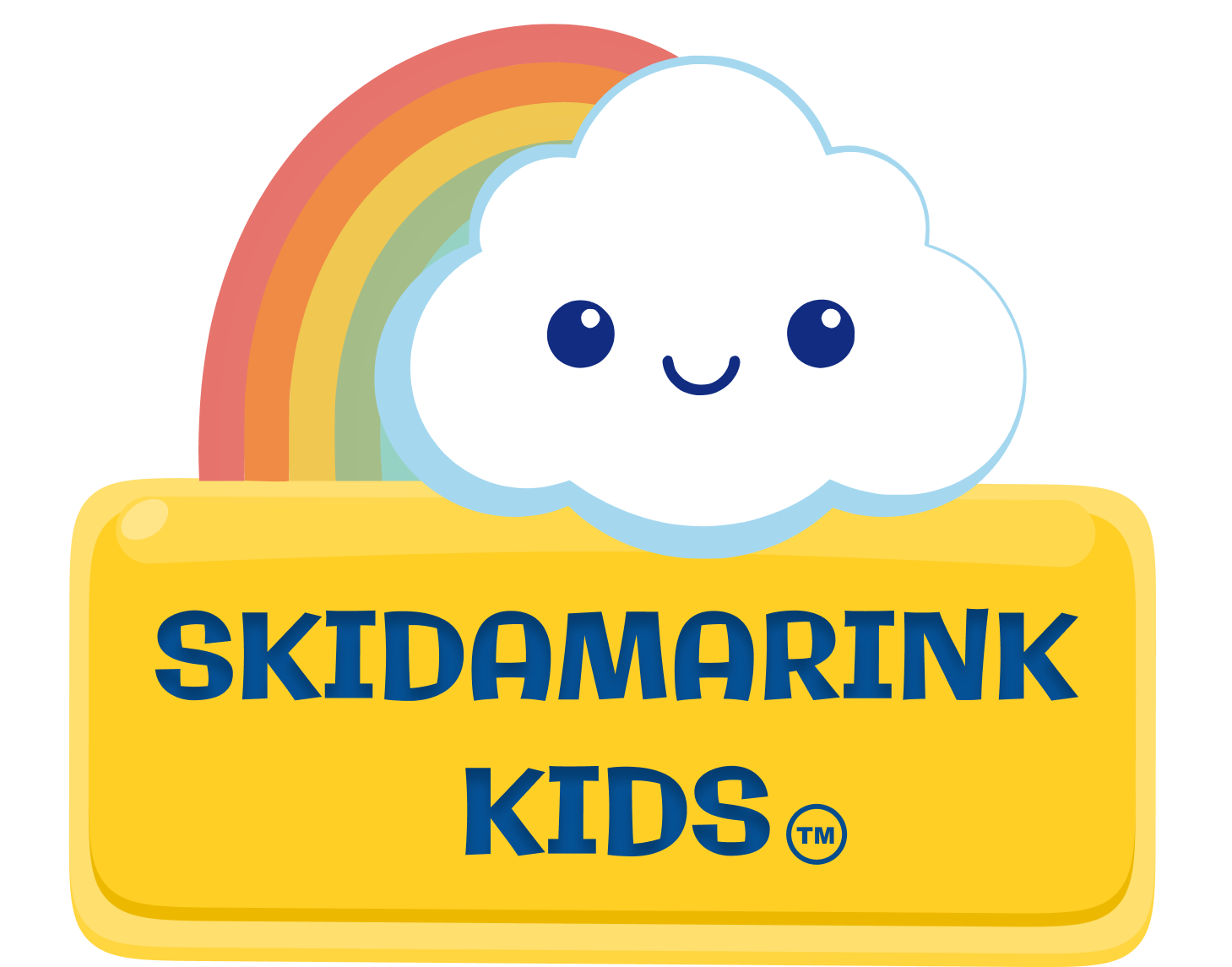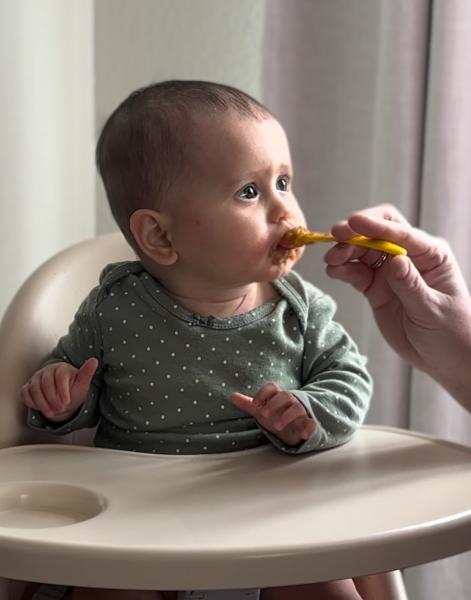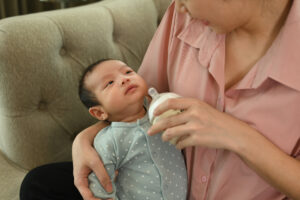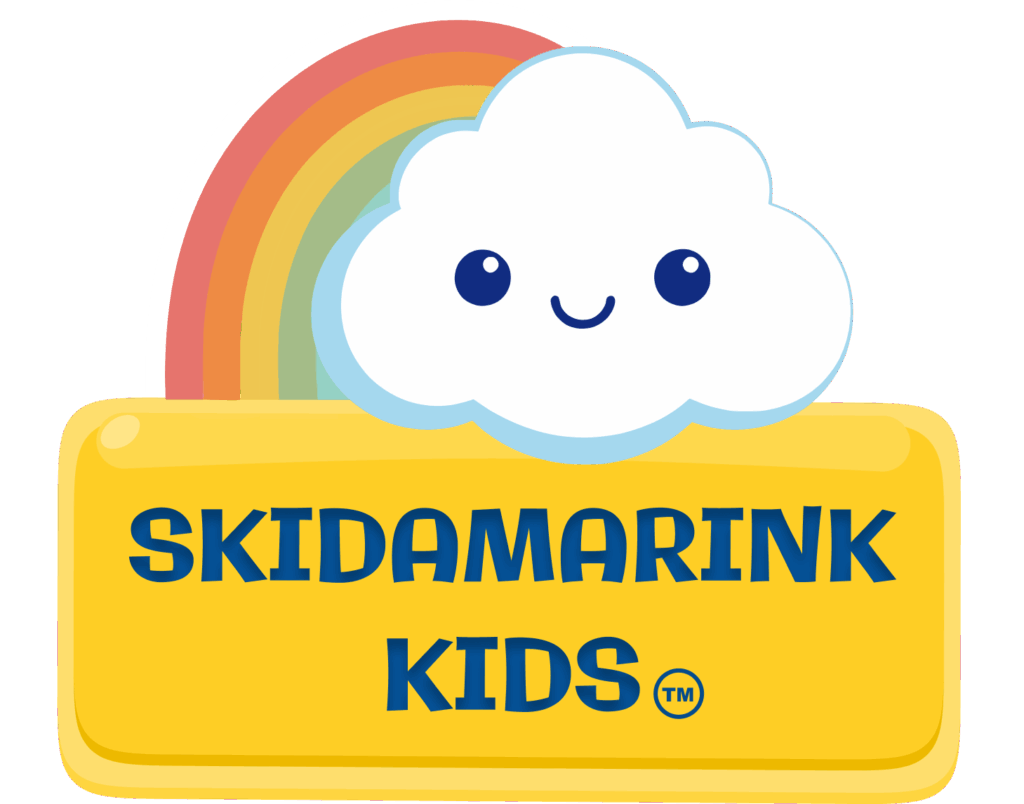A Parent's Guide to Feeding Development: From Birth to Two Years
The journey of feeding your little one is filled with exciting milestones and precious moments. Let’s explore how your baby’s feeding skills develop and what you can do to support them every step of the way!

Birth to 4 Months: The Liquid Gold Phase
During these early months, your baby’s primary nutrition comes from breast milk or formula. Babies are born with natural reflexes that help them feed:
– The rooting reflex helps them find the breast or bottle
– The suck-swallow reflex allows them to drink effectively
– The tongue thrust reflex helps them drink and is a protective reflex to prevent choking
– The gag reflex helps them from choking
Supporting activities:
– Practice skin-to-skin contact during feeds to promote bonding
– Ensure proper positioning during feeding (head slightly elevated)
– Watch for and respond to hunger cues like rooting, hand-to-mouth movements, and sucking motions
– Take breaks during feeding to burp baby and prevent overfeeding
4-6 Months: The Big Adventure Begins
Around this time, many babies show signs of readiness for solid foods:
– Good head and neck control
– Ability to sit with support
– Interest in watching others eat
– Decreased tongue-thrust reflex
Supporting activities:
– Start with iron-fortified single-grain cereals mixed with breast milk or formula
– Offer purees at a time when baby is alert but not overly hungry
– Make meal times fun by talking about the foods and colors
– Use a soft-tipped spoon and start with small amounts
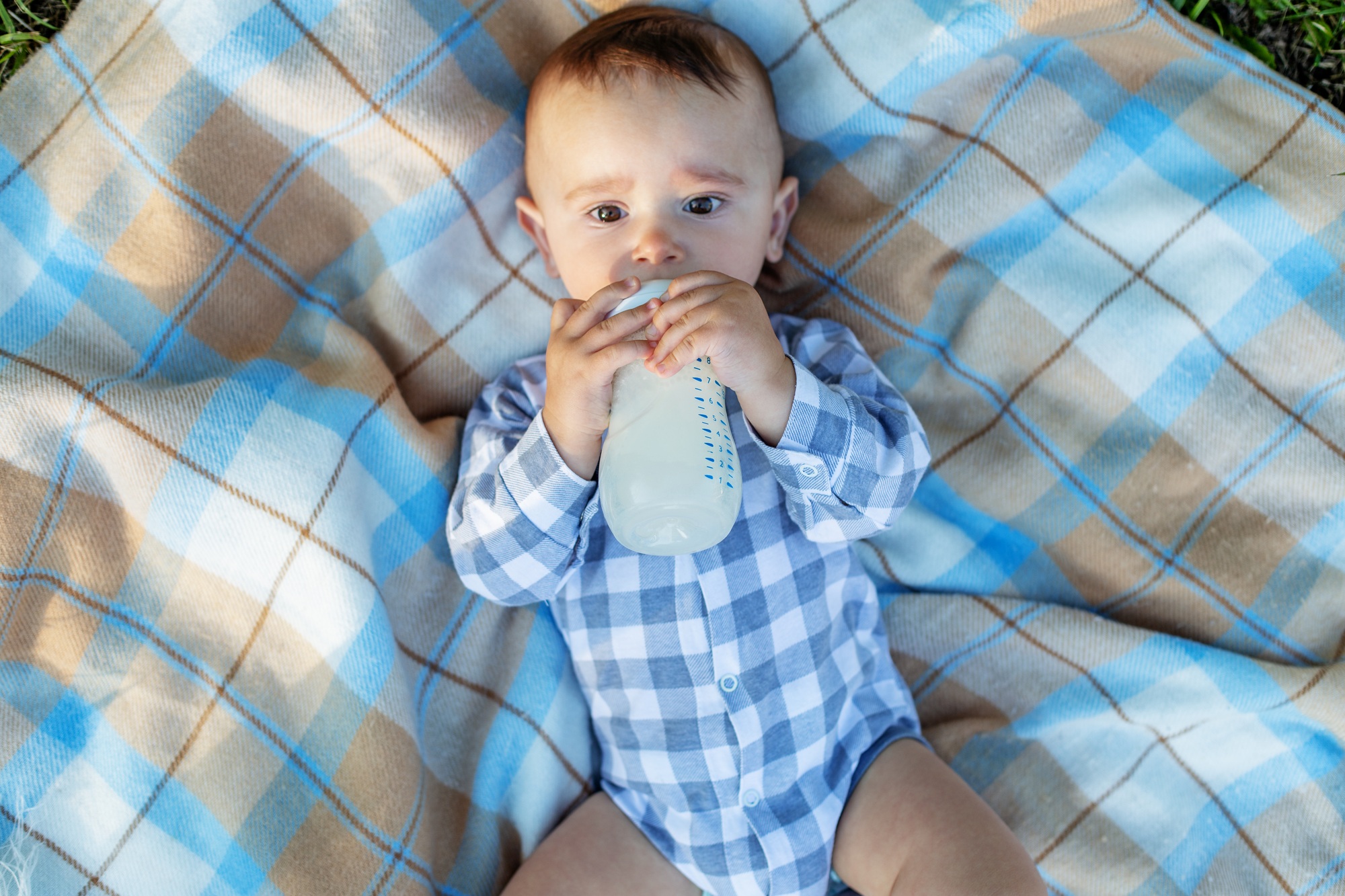

Explore Our Revolutionary Feature
6-9 Months: Exploring Tastes and Textures
Your baby is ready to experience a wider variety of foods and textures:
– Introduction to different fruit and vegetable purees
– Beginning to move food from side to side in their mouth
– Development of the “pincer grasp” (thumb and forefinger)
Supporting activities:
– Offer a variety of smooth purees, progressing to thicker consistencies
– Let baby touch and explore foods with their hands
– Introduce soft finger foods like well-cooked pasta or small pieces of soft fruits
– Practice with a sippy cup using small amounts of water
9-12 Months: The Self-Feeding Journey
Supporting activities:
Your baby is becoming more independent with feeding:
– Improved hand-eye coordination
– Better ability to grasp small objects
– Growing interest in self-feeding
– Can drink from a cup with help
– Provide safe finger foods like small pieces of soft fruits, well-cooked vegetables, or toast strips
– Encourage use of a spoon (expect messiness!)
– Offer opportunities to practice drinking from an open cup with supervision
– Make mealtimes social by eating together as a family
12-18 Months: The Independent Eater
Your toddler is developing more sophisticated eating skills:
– Better control of the spoon and cup
– Can handle different textures more easily
– Showing food preferences
– Increased interest in self-feeding
Supporting activities:
– Let them practice with child-sized utensils
– Involve them in simple food preparation (like putting pieces of bread on their plate)
– Introduce new foods alongside familiar favorites
– Create a consistent mealtime routine
18-24 Months: The Family Meal Participant
Your toddler is now ready to fully participate in family meals:
– Can use utensils more effectively
– Handles a variety of textures well
– Shows clear food preferences
– Better able to communicate hunger and fullness
Supporting activities:
– Include them in basic meal preparation (like stirring with supervision)
– Encourage trying new foods through modeling
– Practice taking turns and sharing during meals
– Make mealtimes fun with simple food-related games (like “what color is this fruit?”)
Important Tips for All Ages:
– Always supervise feeding times
– Watch for signs of food allergies when introducing new foods
– Maintain a positive, pressure-free feeding environment
– Follow your child’s hunger and fullness cues
– Be patient with mess and learning
Remember, every child develops at their own pace. These guidelines are general, and your baby might reach milestones earlier or later. What’s most important is creating a positive feeding environment that supports your child’s natural development and curiosity about food. And, always trust your intuition. Consult your pediatrician if you have concerns about feeding development.
– Ali
